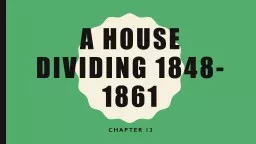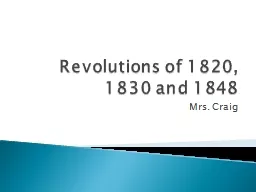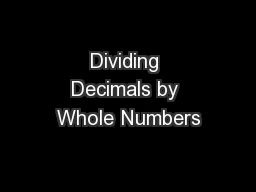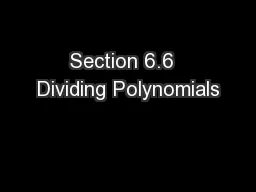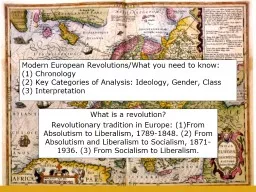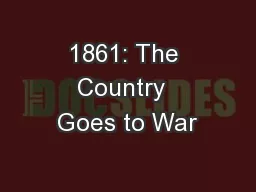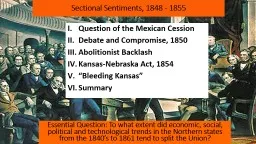PPT-A House Dividing 1848-1861
Author : celsa-spraggs | Published Date : 2018-10-22
Chapter 13 Controversy 1846 President Polk sent a bill to Congress pursuing negations with Mexico David Wilmot attached an amendment to the bill Wilmot Proviso
Presentation Embed Code
Download Presentation
Download Presentation The PPT/PDF document "A House Dividing 1848-1861" is the property of its rightful owner. Permission is granted to download and print the materials on this website for personal, non-commercial use only, and to display it on your personal computer provided you do not modify the materials and that you retain all copyright notices contained in the materials. By downloading content from our website, you accept the terms of this agreement.
A House Dividing 1848-1861: Transcript
Download Rules Of Document
"A House Dividing 1848-1861"The content belongs to its owner. You may download and print it for personal use, without modification, and keep all copyright notices. By downloading, you agree to these terms.
Related Documents

